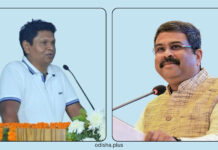Bhaskar Parichha
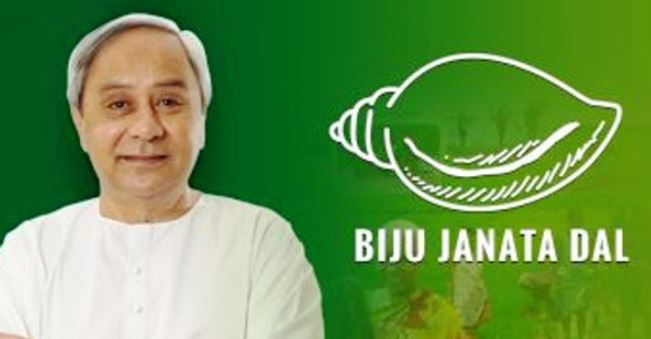
The Biju Janata Dal, or simply BJD, has turned twenty-four. In these twenty-three years of existence, the regional outfit has grown substantially. Today, the party is so formidable that there is no space for other parties to thrive, much less evacuating the regional outfit from the seat of power. The BJD has won elections five times in a row and has surpassed all previous records. Its electoral achievements have been enviable – so much so that it has decimated other national parties. Its record is matchless even when considered along with other regional parties.
What does one attribute this success to? Luck? Probably.Strategy? Yes. Conscious Image-building?Definitely. Despite several scams, the Biju Janata Dal has been coming out of this stigma and has been able to keep the opposition at bay.
In India’s political landscape, the Biju Jana Dal has occupied a prominent place in the past two and a half decades. Although a provincial outfit, the BJD has undoubtedly a strong presence at the national level. Whether it was the third front or even the ruling NDA, the presence of BJD has been something to cheer about. No political party from Odisha has been carrying such credence as the BJD has been ever since its inception in 1997.
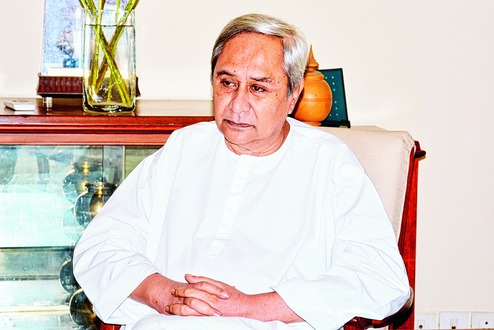
Basically a right -of -center party and adhering to social democracy, the Naveen Patnaik-led Biju Janata Dal has been in power for the last 19 years, winning election after election. If liberalism has been its credo, the popularity of the government is something to be envious of for political parties on the opposite side of the spectrum.
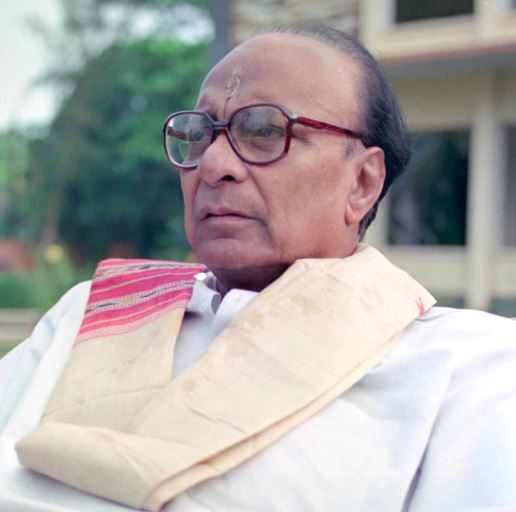
So persistent has been its popularity quotient that an alternative political narrative in Odisha has been difficult to come by. The party’s political point of view has so far been all-inclusive. BJD – named after the legendary Biju Patnaik – has, in the process, created a niche for itself and the oft-repeated ‘four-and half crore’ Odias.
If Biju Patnaik was once a kingmaker in Delhi’s power corridors and rubbed shoulder with top national leaders, Chief Minister Naveen Patnaik has no less influence on national politics. Supporting a good cause, if it is in the national interest, has been BJD’s avowed belief. The party has worked towards that goal, rather diligently. Take for instance the Citizen Amendment Bill (CAB). The party had no qualms about supporting the legislation in parliament.
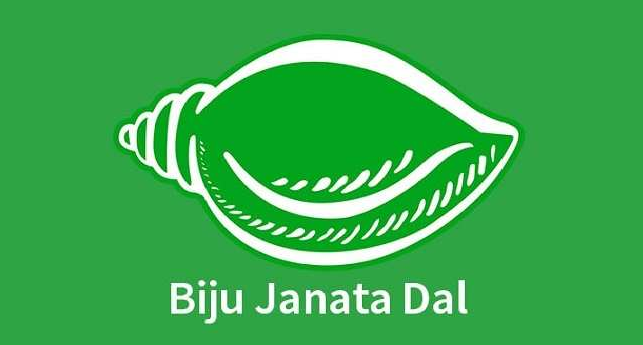
Besides realpolitik, the Biju Janata Dal has worked tirelessly towards the social and cultural development of the people in Odisha. Always closer to the citizenry and their aspirations, it has been able to establish a kind of distinctiveness amid India’s regional politics.
Political observers would credit this continuity of power to BJD’s tolerance, broadmindedness, and lenient outlook. Reaching out to the people through well-liked and well-thought-out policies and clasping itself to the all-round development of the state, the BJD has been a the potent political force that has often baffled political Scientists. If the BJD has firmed itself at the grassroots level, the raison d’être of its connect is team-work, technology, transparency, transformation and time limit or 5Ts.

On 2 October 2019, the BJD government rolled out ‘Mo Sarkar’ (My Government) – the most ambitious plan Naveen Patnaik has launched in his five terms in office to ensure the accountability of public officials in delivery of government services. The scheme involves taking feedback from people on the quality and timeliness of the services and reward or punish officials on that basis. Three of the 5 Ts existed in the Naveen government’s previous term too; the last two were added recently. Police stations and government hospitals have been taken up in the first phase of the program, which is to be gradually extended to other services.
In retrospect, when BJD was formed on December 26 twenty-three winters ago nobody had contemplated BJD making such inroads and turning itself to such an enormous political entity. Through innumerable policies and programs and aimed at every section of the society, BJD has been rewriting the developmental narrative. The party has seen many ups and downs as part of the NDA for twelve long years. It is only in 2009 that BJD parted way with the BJP in the backdrop of 2007 Kandhamal riots.
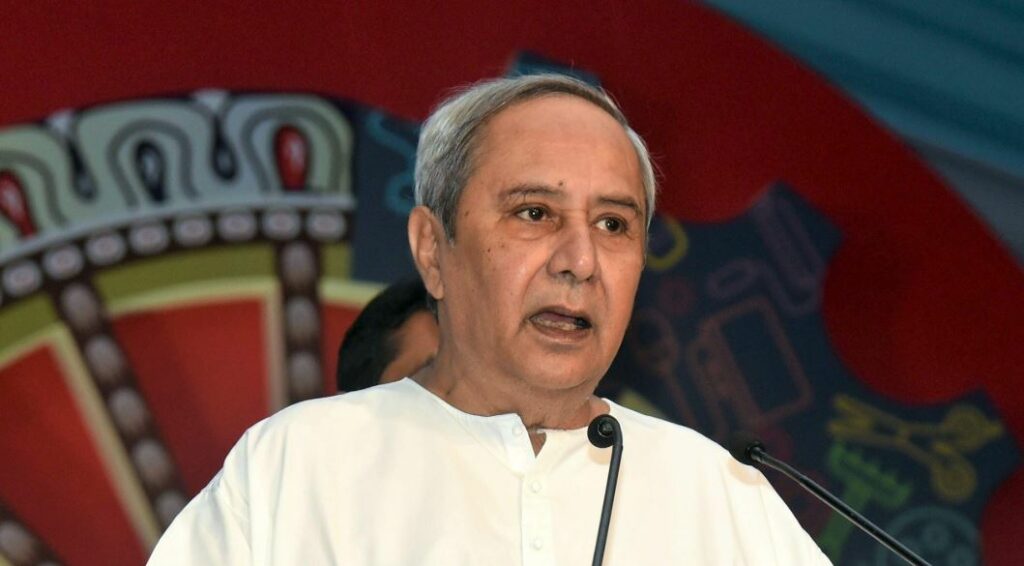
Of late, the party has been criticized for its open support to BJP and to that extent its secular credentials have been severely compromised. But, in India’s secular-democratic traditions, BJD’s existence has been one of admiration. As for its efforts to stitch a political alternative, it may not have succeeded, but at least the spirit has been kept alive.
With such niceties and the fact that Chief Minister Naveen Patnaik’s ‘personal’ image hasn’t sullied over the years, BJD’s journey has been an amazing one. The numerous awards in recognition of the achievements are a testimony to the leader and the government he heads.
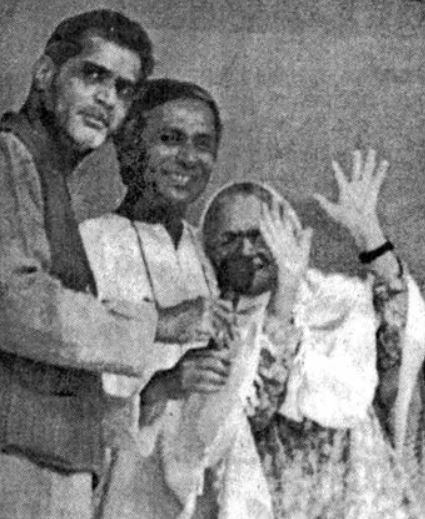
To go farther back, when BJD was formed in 1997, Odisha was passing through a yawning financial crisis. Two years after the party was formed the super cyclone hit the state with frightening loss of lives and property. The economy of the state was devastated beyond repair. To take the state out of this wreckage and putting it back on the track was a monumental challenge. Incredible it may appear, but the efforts made to alleviate the sufferings of the people were infallible and within just two years life was back to normal.
One of BJD’s biggest achievements has been its pro-poor policies. Carefully laid down and with the sincerity of touching even the last person on the development ladder, these policies have a constructive impact on the government. From a state notorious for grinding poverty and child – sale, Odisha has moved faster than expected under the leadership of Naveen Patnaik.
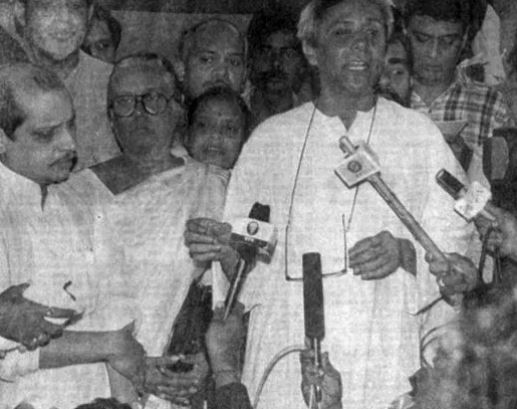
Taking one and all on the developmental cruise and with an all-encompassing agenda, the policies of the BJD government in the past nineteen years has paid rich dividends to the party and the populace. From cradle to the burning pyre, the BJD government has been meticulously devising programs and has been implementing them with all seriousness. Result? The 4 crore odd residents of the state have today an astonishing trust in the party, the government and certainly the supremo.
Not only have these policies benefited the poorest of the poor within the state, but other states have also taken a leaf out of the various schemes of the Naveen government. If development is BJD’s DNA, it has also succeeded in reinforcing its roots.





